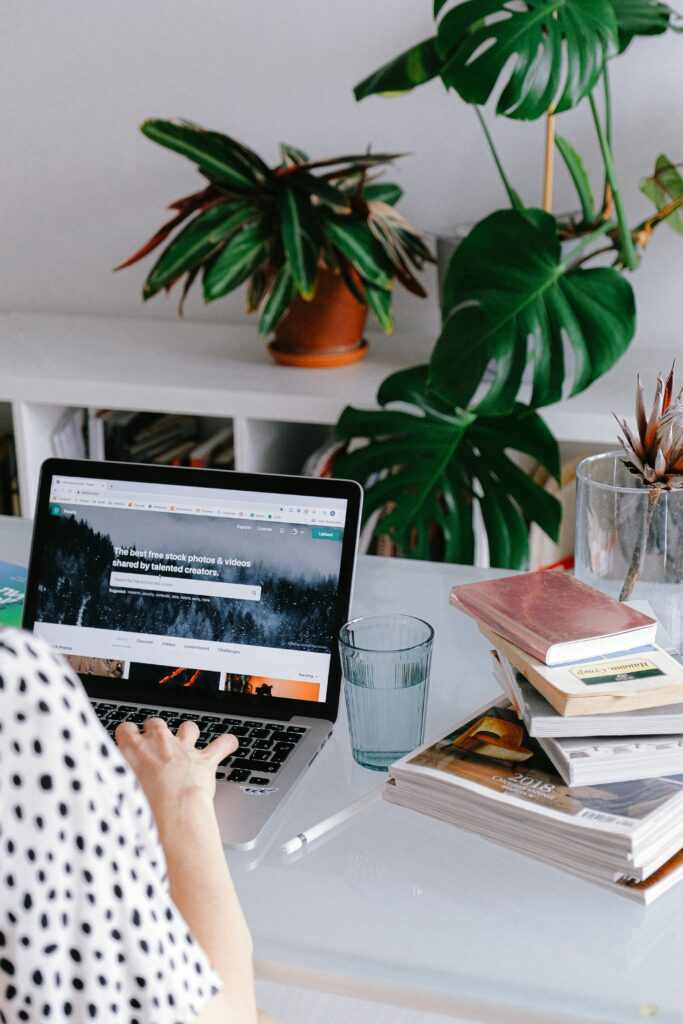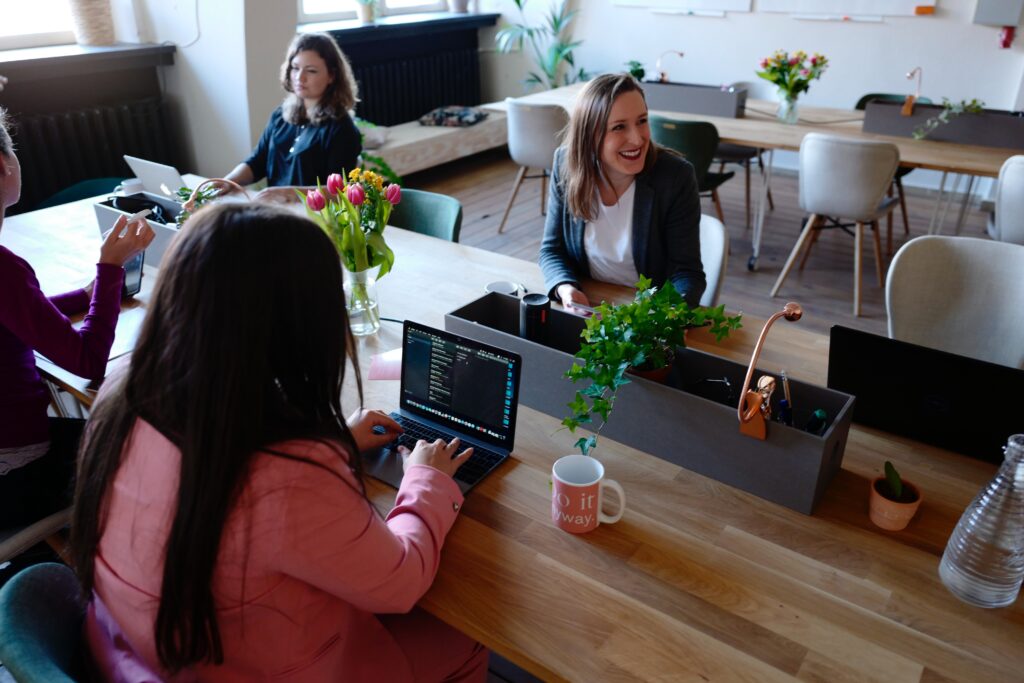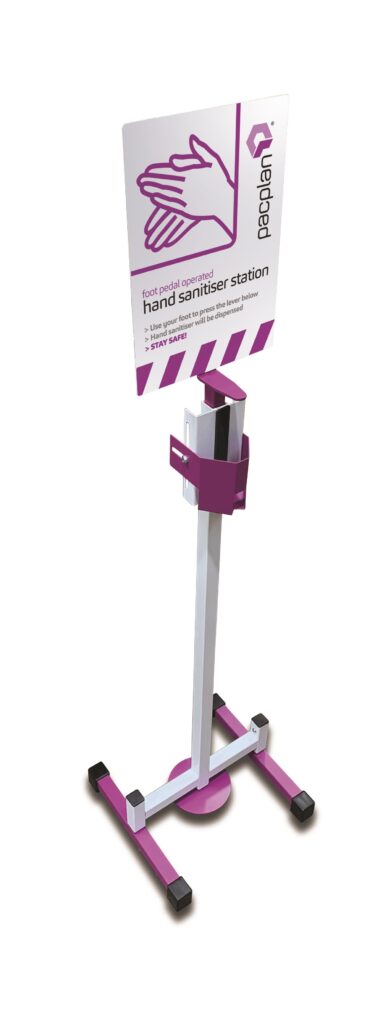Office gym design: creating multi-purpose wellness spaces
21 Feb 2025
Published on:
26 August 2020
Updated on:
19 August 2024
Read time:
less than a minute
The outbreak of the novel coronavirus will have long-term repercussions across every industry. Many companies have already set the wheels of a Covid-secure workplace in motion.
However, social distancing and hygiene recommendations issued by the Health and Safety Executive (HSE) will only help to create short-term Covid-secure solutions.
An investigation undertaken by the Center or Disease Control in South Korea revealed how easily coronavirus can spread in a crowded open office space.
Long-term solutions will require material changes that facilitate hands-free, germ-free environments. Some companies may need to relocate or embark on a complete retrofit.
Most companies shouldn۪'t have to go to such extreme measures. An office refurbishment is a practical austerity measure that still enables you to create an engaging workplace in which your employees can focus, collaborate and find inspiration.
For workplace design consultants, the pre-pandemic values of office design still come into focus; saving on costs, maximising space, improving efficacy and performance, and creating a workplace environment employees enjoy spending time in.

Prior to the pandemic, office designs were looking for a solution to integrate flexible working. Agile offices allowed employees more autonomy with where they worked and how they worked.
Covid-19 increases the risk of hot-desking in virtual office spaces. The potential for assigned desks in workplaces will also need adjustments. Solutions include disposable paper mats and 3-Way desk shield sneeze screens made from cardboard. Studies show the survival rate for coronavirus is three times less on cardboard than steel, wood and plastic.
With government regulations pressing firms into ensuring staff adheres to social distancing rules, more employees will work remotely. The alternative is to stagger shifts, but many feel this option will be too disruptive. Considering younger generations insist on a work-life balance, shift work is far from an attractive proposition.
Lockdown involuntarily forced firms to arrange for their staff to work from home. As a result, remote working could become the new normal. This would allow firms to downsize or refurbish the office to create a Covid-secure workplace.
According to McKinsey research, 80 per cent of respondents working from home confirmed they enjoyed the experience. Forty-one per cent said they were more productive whilst 28 per cent said they were equally as productive as working in the office.
Whilst remote working has won plaudits in the short-term, there are long-term consequences. Some people feel disconnected from their colleagues when working from home whilst others do not have the technology to cope with heavy files and tasking software that needs a powerful machine for it to run smoothly.
Alternating work schedules to reduce the number of bodies in the office at any one time seems the most plausible solution. Making the transition will probably require technological changes and a reshuffle that an office refurb will solve.

An office refurb enables you to plan a Covid-safe office, free up space you never knew you had and save on costs. It will also enable you to make a smooth transition for the likely scenario that your staff will need to divide their working week between the home and the office.
Innovations in office designs are to make the office feel more home-like, yet at the same time, representative of a community space. Refurbs should support collaboration and also give employees the opportunity to relax.
Office refurbs will mostly take shape with dynamic spaces in which teams can collaborate. Team members working on collaborative projects need a space in the office that provides access to all the tools they need whilst adhering to social distancing regulations.
But post-pandemic office designs should guard against placing an over-emphasis on collaboration. Reports reveal offices with too many workspaces designed for we time distract from me time.
A negative consequence of this is employees feel too much pressure to generate solution during brainstorming sessions or general conversations. The likely scenario is that original and refreshing ideas dry up.
Socialising spaces give employees the opportunity to wind down, reinvigorate the brain, bond and meet new people. It۪s important to have quiet spaces where employees - especially the introverted types - can relax and recover when they feel overwhelmed.
For tech companies and start-ups that rely on the innovative ideas of employees, organising creative spaces that spark conversation is an ideal design solution.
A combination of chill-out zones and collaboration spaces accommodate informal meetings where people can stand and chat whilst they have a drink or discuss potential solutions to problems. With the right company culture, employees see the benefit of these zones but do not feel pressured into having to consistently generate ideas.
Dynamic spaces for collaboration include mixed-use spaces in which users can approach work creatively and try ideas independently as well as part of a team. Meeting rooms should also be multifunctional.
Companies could look to utilise unused outdoor space to accommodate social areas that can also be used for collaboration and impromptu conversations.
With health and wellbeing becoming a hot topic for discussion around office refurbishment, the government۪s Covid-Secure workplace directives are a catalyst for employers to show employees how much you care.
Traditional office designs have been criticised for causing mental and physical health issues. They are too noisy, polluted with contaminated air and don۪t receive sufficient natural light. Office refurbs are an opportunity to correct previous failures.
Keeping the office Covid-free will be a key priority for employers when your workforce returns to the office. That could prove difficult.
Researchers at MIT found that a sneeze can blast droplets as far as 27 feet - well beyond the 2m social distancing guidelines. With potentially dangerous airborne droplets floating around, there is a greater need to improve air quality in offices. The latest ventilation systems distribute clean air which will help to prevent the spread of coronavirus.

Given around a third of workers feel poor air quality in the office contributes towards illness, headaches and fatigue, installing an air-cleaning ventilation system should reduce the amount of time employees are absent through sickness.
Sanitation will also play a central role in keeping the office germ-free. Simple solutions include eliminating touchpoints such as keypads, light switches and taps. Biometric security systems and motion sensors negate the need for employees to use their hands. Employees might also encourage BYOD policies or invest in portable computers employees can use around the office or from remote locations.
Foot-operated sanitiser stations should be installed to help reduce the spread of infections, and employees could be assigned personal storage space such as lockers to keep their bags and other belongings in.
The post-pandemic office is the workplace of the future and gives companies the potential to meet aspirational goals, retain top-talent and improve the health and wellbeing of your employees.
Boardrooms are opting for office refurbishments for these precise reasons. Refurbs enable you to take control of the future whereas relocating to a smaller office potentially leaves you with the same problems employees encounter in today۪s offices. The benefits of relocating do not stack up against the advantages of an office refurbishment.
Blog
21 Feb 2025
Blog
Blog
21 Feb 2025
News
News
19 Feb 2025
Blog
Blog
05 Feb 2025